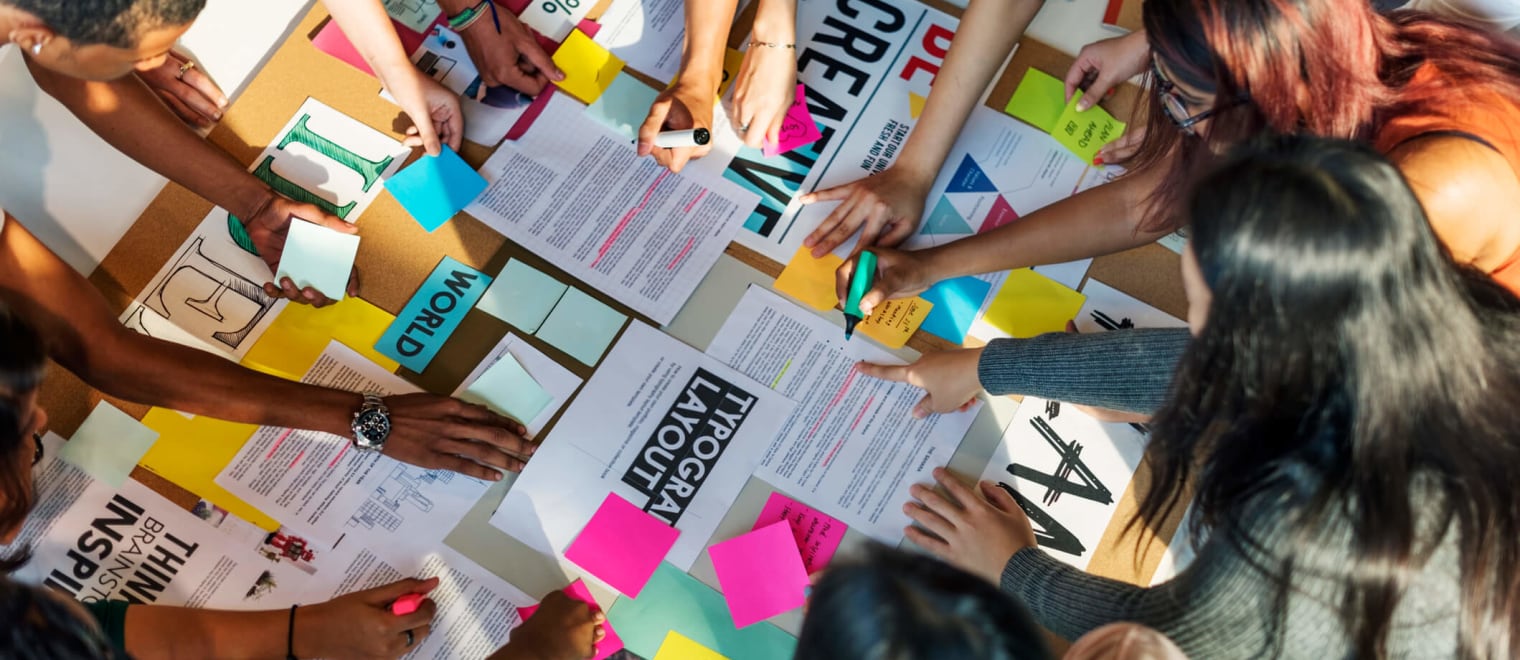This informal CPD article Creativity – Can it be taught or does it come naturally to people was provided by Sanjana Seth, Managing Director at Augment London, who provide aspirational students with the skills and qualities they need for future success.
Creativity is a form of expression in all forms, - thinking, learning, social interactions and communication. Everyone is capable of creative achievement in some area of activity, if they have relevant knowledge and skills in the right conditions. In my view, creativity is important because it is applied imagination by making analogies and unusual connections between ideas with a purpose or objective. All young people and adults have creative capacities.
Fostering these capacities involves a balance between teaching skills and understanding, promoting the freedom to innovate, and take risks: teaching skills to learn, think and present to students by giving open ended tasks to fulfil their creative potential.
Why should we teach creativity?
Creativity is a vital skill which leads to innovation. As a result, learners are encouraged to approach a problem in an innovative and experimental way. Creativity is critical to face the social and economic changes for attainment of personal development. Not only will the students be motivated to learn and explore, but also teachers will gain a better understanding of their students and the teaching environment. It is also important to recognise that creativity helps people get jobs, employers demand high academic standards along with that “extra” something.
How can creativity be encouraged in teachers?
Teaching creatively means as teachers, we add more creativity to our practice. This can be achieved in the following ways:
- Laying stress and importance on teacher training programmes where they can be educated on teaching creatively.
- Shifting our attitude as teachers towards positivity. As educators we must have faith in the benefits of creative teaching.
- Training teachers to use digital pedagogies will encourage those who are unfamiliar with teaching to be creative and are interested in incorporating it in their classrooms. The aim of using learning technology is to break the learning barrier and enhance learning.
- Reimagining our teaching spaces, use of technology or rethinking our learning objectives encourages teachers to inculcate creativity in students.
- Educators must have faith in the benefits of creative teaching. Teachers must be willing to take risks in and incorporate opportunities for students in the learning environment. This can create environments to stimulate creativity where new methods must be encouraged. Not only will the students be motivated to learn and explore but also the teachers will gain a better understanding of their students and the teaching environment.
- Innovation - a new creation, new insight, new meaningful knowledge or a new understanding realised should be self-motivated.
- Finally, by creatively incorporating the environment to encourage hands on learning as well as using technology.













